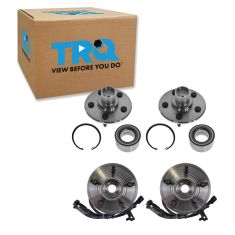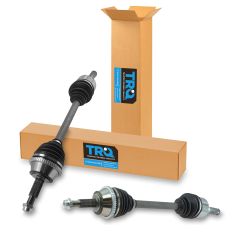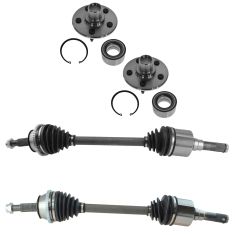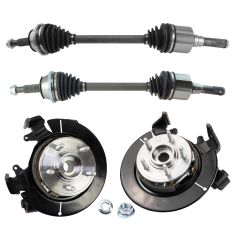1AAHK00032-Ford Lincoln Mercury Rear Driver Side Drivetrain Kit TRQ PSA56079
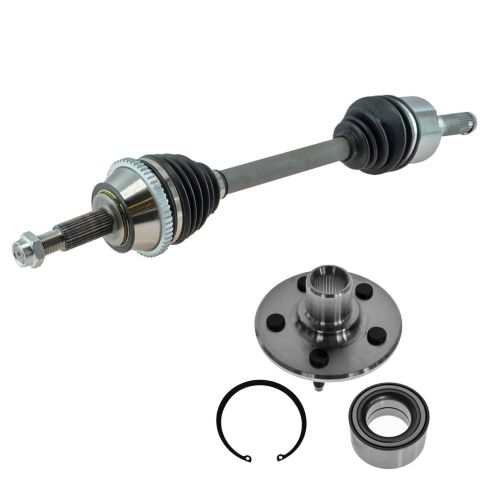
Replaces
2010 Ford Explorer Sport Trac Rear Driver Side Drivetrain Kit TRQ PSA56079

Product Reviews
Loading reviews
5.00/ 5.0
3
3 reviews
quality parts, rapid shipping, great price.
May 10, 2019
I was so surprised to have the parts the next day. They all fit great and has solved my problem. The price for all the parts was fantastic. Thank you!
Great pricing and fast delivery
April 17, 2021
Exactly What my truck needed and was half the price of my local parts stores. I will continue to order what I need from yall. Thank you again.
#1happycustomer
August 17, 2024
Super fast delivery
Customer Q&A
No questions have been asked about this item.
Ford is a registered trademark of Ford Motor Company. 1A Auto is not affiliated with or sponsored by Ford or Ford Motor Company.
See all trademarks.











